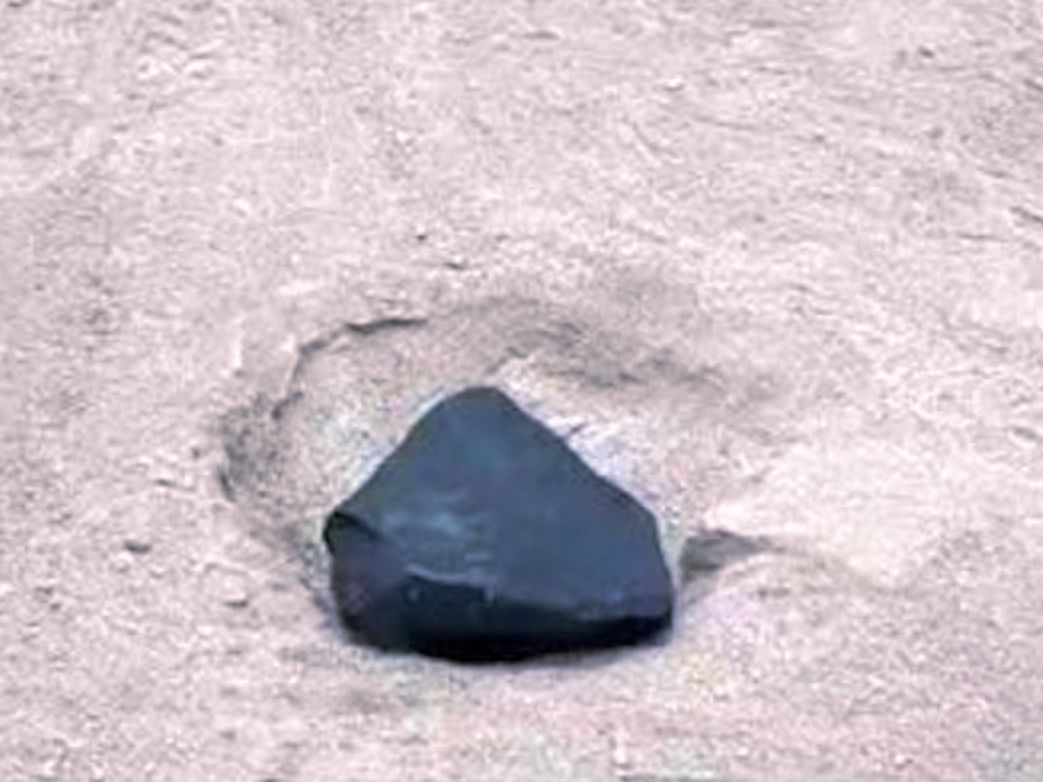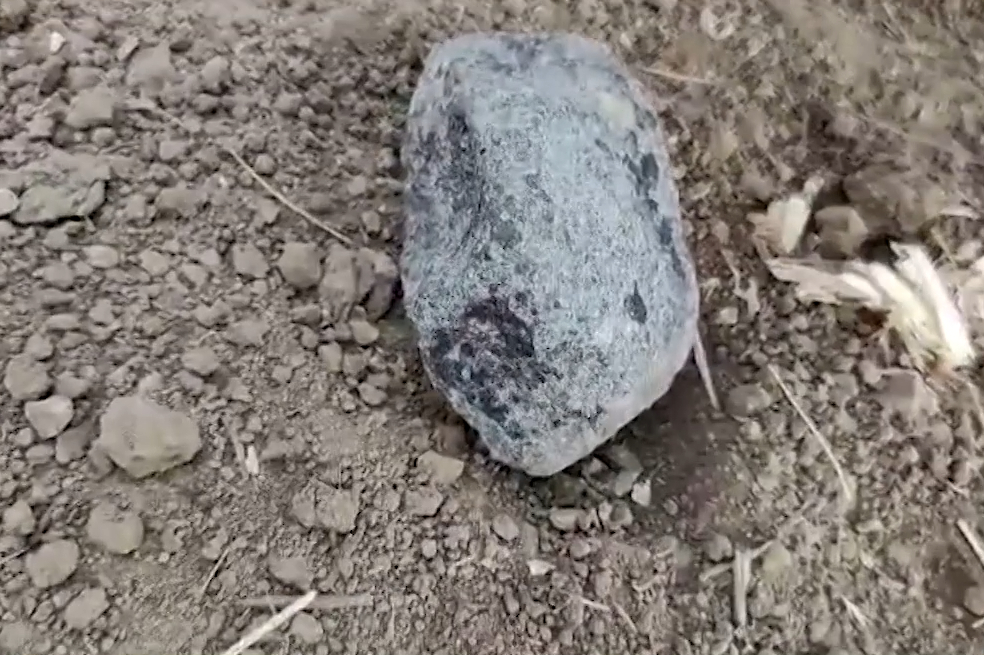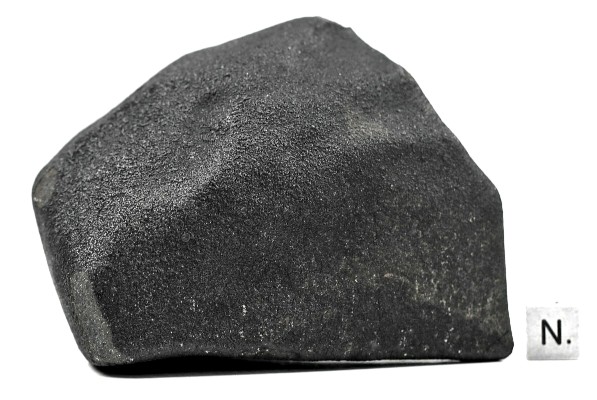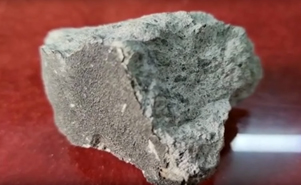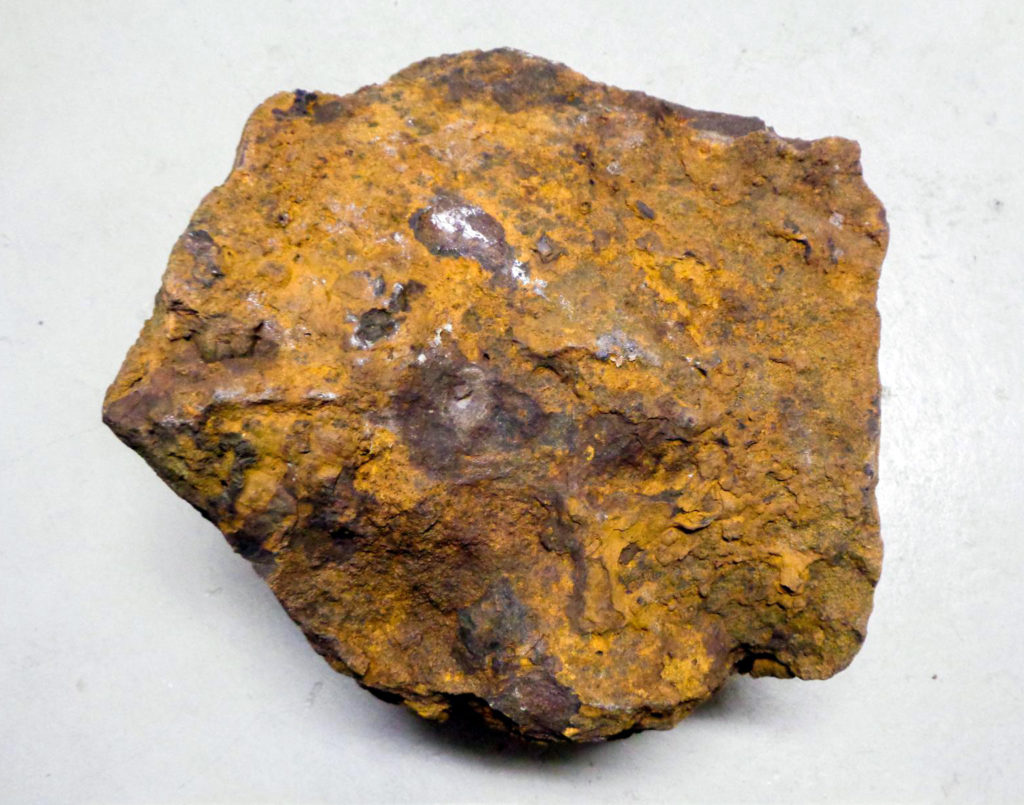Meteorite constraints on Martian atmospheric loss and paleoclimate
William S. Cassata
Earth and Planetary Science Letters
Volume 479, 1 December 2017, Pages 322–329
“Highlights
• Two ancient Martian meteorites host a common trapped atmospheric noble gas component.
• The Xe isotopes provide empirical evidence for atmospheric loss early in planetary history.
• Xe isotope fractionation is consistent with predictions of hydrodynamic escape.
• Differences in Xe fractionation on Earth and Mars may place constraints on Martian paleoclimate.”
“The evolution of Mars’ atmosphere to its currently thin state incapable of supporting liquid water remains poorly understood and has important implications for Martian climate history. Martian meteorites contain trapped atmospheric gases that can be used to constrain both the timing and effectiveness of atmospheric escape processes. In this paper, measurements of xenon isotopes in two ancient Martian meteorites, ALH 84001 and NWA 7034, are reported. The data indicate an early episode of atmospheric escape that mass fractionated xenon isotopes culminated within a few hundred million years of planetary formation, and little change to the atmospheric xenon isotopic composition has occurred since this time. In contrast, on Earth atmospheric xenon fractionation continued for at least two billion years (Pujol et al., 2011). Such differences in atmospheric Xe fractionation between the two planets suggest that climate conditions on Mars may have differed significantly from those on Archean Earth. For example, the hydrogen escape flux may not have exceeded the threshold required for xenon escape on Mars after 4.2–4.3 Ga, which indicates that Mars may have been significantly drier than Earth after this time.”

